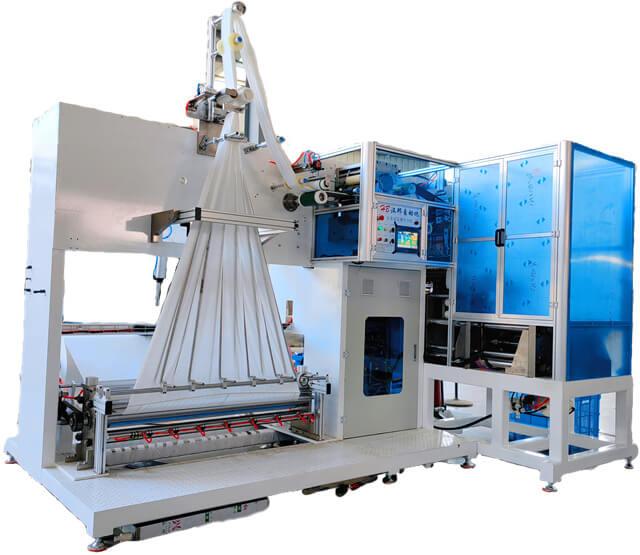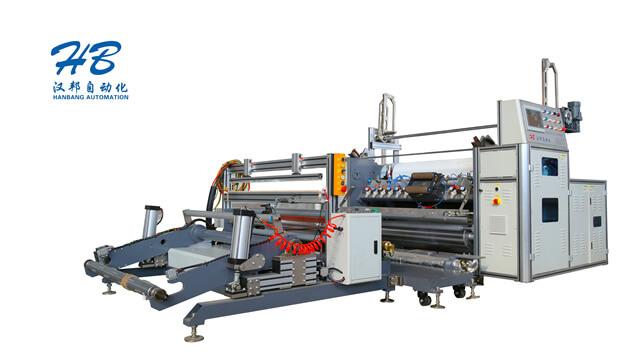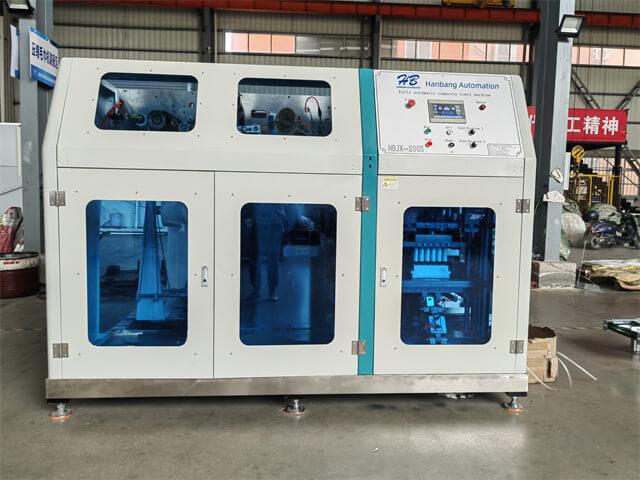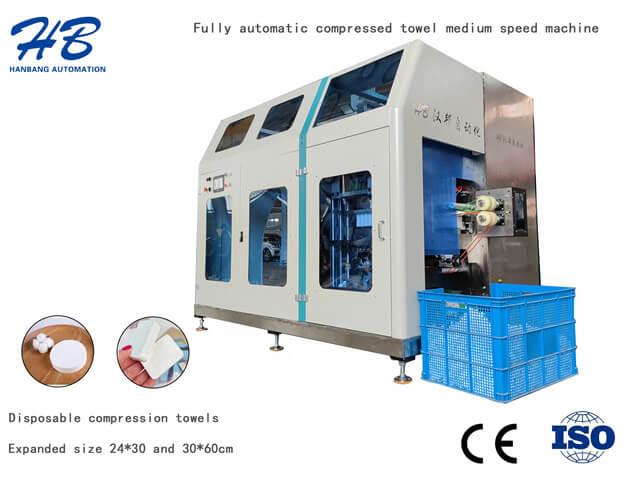Author:HB Nonwoven MachineryFROM:Compressed Towel Machine Manufacturer TIME:2023-11-17
Installation Steps for Non Woven Fabric Slitting Machine
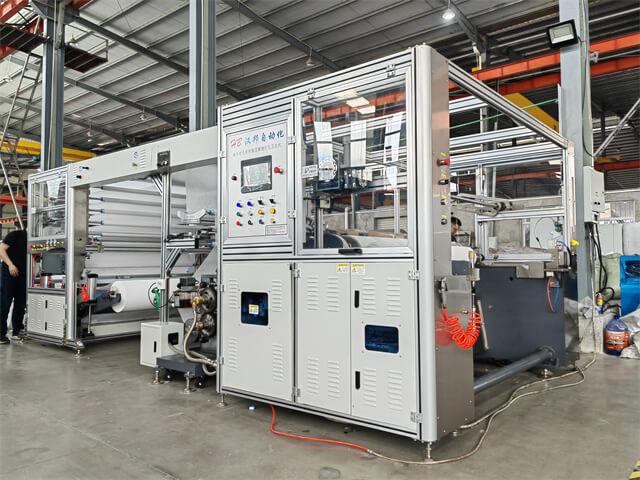
The non woven fabric slitting machine is an important tool used in the diaper and sanitary napkin industry. It is responsible for cutting the non woven fabric into the desired widths, ensuring precise and accurate dimensions. Proper installation of the machine is crucial to ensure its smooth operation and optimal performance. This article provides a step-by-step guide on how to install a non woven fabric slitting machine.
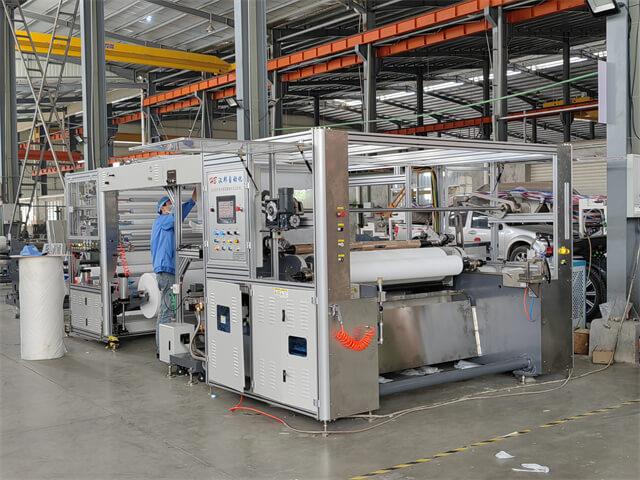
Before installing the machine, it is essential to prepare the designated area properly. Clear any obstacles or debris that might hinder the installation process. Ensure there is sufficient space for the machine, allowing easy access for maintenance and repairs if needed. Additionally, check the power supply and ensure it meets the machine's requirements.
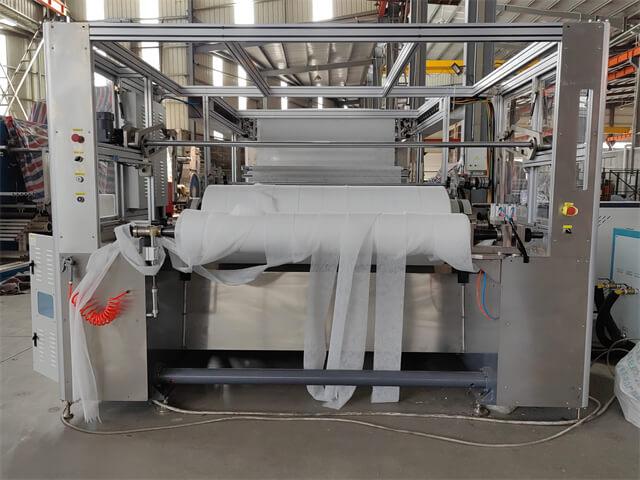
Unpack the non woven fabric slitting machine carefully, ensuring not to damage any components during the process. Inspect all parts for any signs of damage or missing pieces. Refer to the machine's manual to verify whether all the necessary components are present.
Position the machine in the designated area, taking into consideration the workflow and accessibility. Ensure that the machine is level and stable, using appropriate tools if necessary. Align the machine with other equipment in the production line to facilitate the material flow seamlessly.
Connect the non woven fabric slitting machine to a reliable power source. Follow the manufacturer's instructions to ensure the correct wiring and grounding. Double-check all connections for any loose or exposed wires, making any necessary adjustments.
Carefully install the slitting blades onto the machine. Refer to the manual to ensure the correct placement and alignment. Tighten any screws or fasteners as per the manufacturer's instructions. Verify that the blades are securely attached and can rotate freely without any obstructions.
To achieve precise and accurate slitting, it is crucial to adjust the blade clearance. Refer to the machine's manual to determine the appropriate clearance for the specific non woven fabric being used. Make the necessary adjustments using the provided tools, ensuring uniformity across the entire cutting area.
Before starting a production run, it is essential to test and calibrate the non woven fabric slitting machine. Run a trial batch of material through the machine, observing the cutting quality and accuracy. Make any necessary fine-tuning adjustments to achieve the desired results.
Perform a final inspection of the machine, checking for any loose screws, bolts, or other potential hazards. Ensure all safety features are functional and properly installed. Provide proper training to the operators regarding the safe operation of the machine and the use of personal protective equipment.
The installation of a non woven fabric slitting machine requires careful preparation and attention to detail. By following the step-by-step guide outlined in this article, you can ensure a successful installation process. A properly installed and calibrated machine will contribute to improved productivity and quality in the diaper and sanitary napkin industry.
